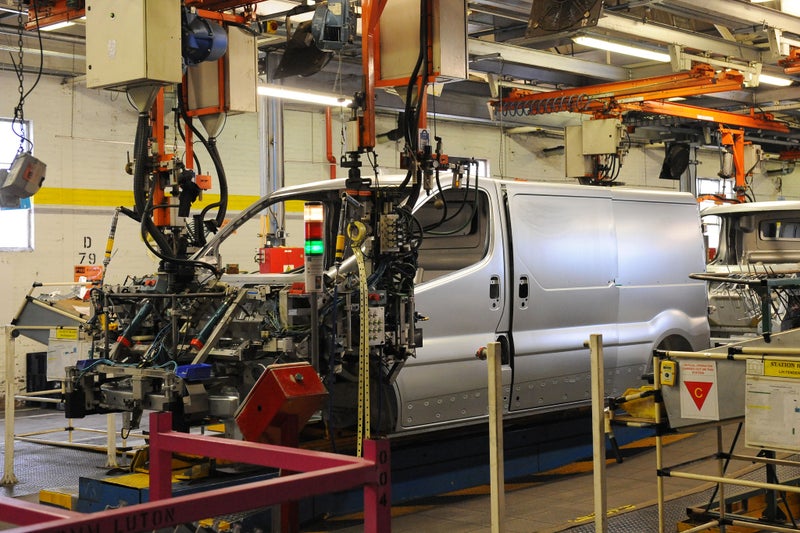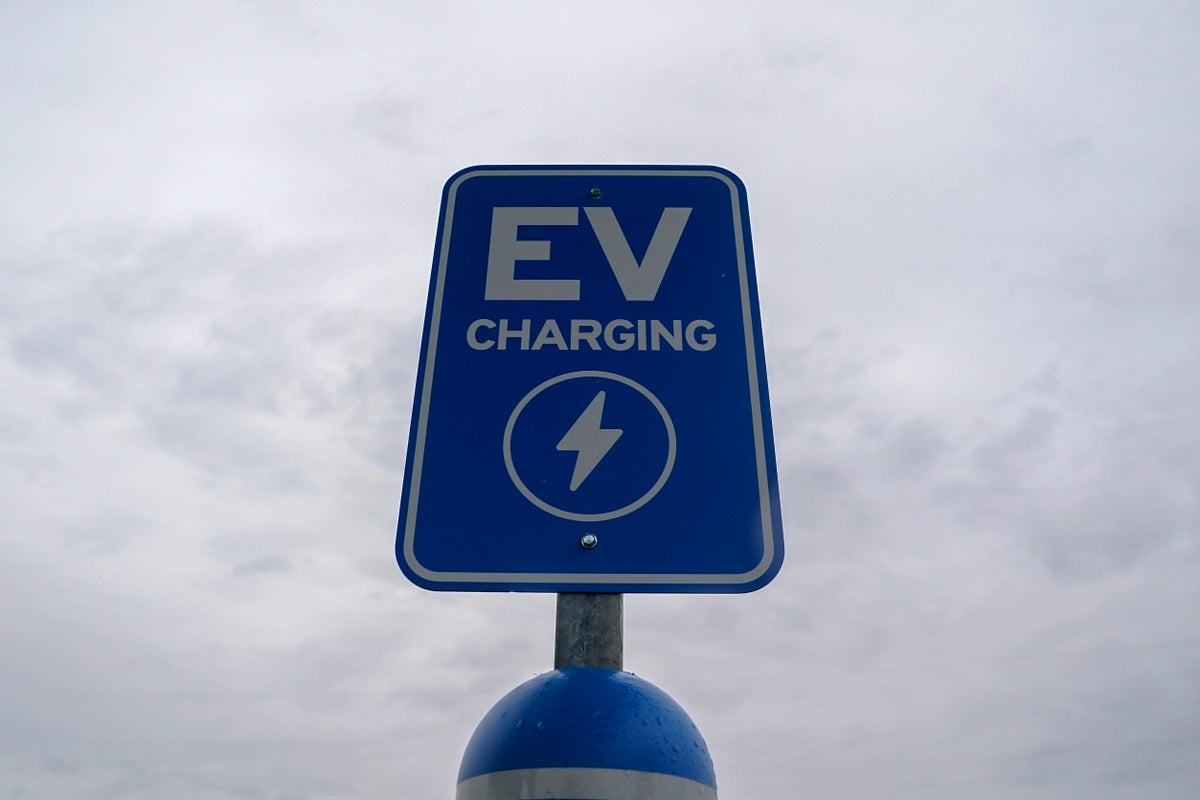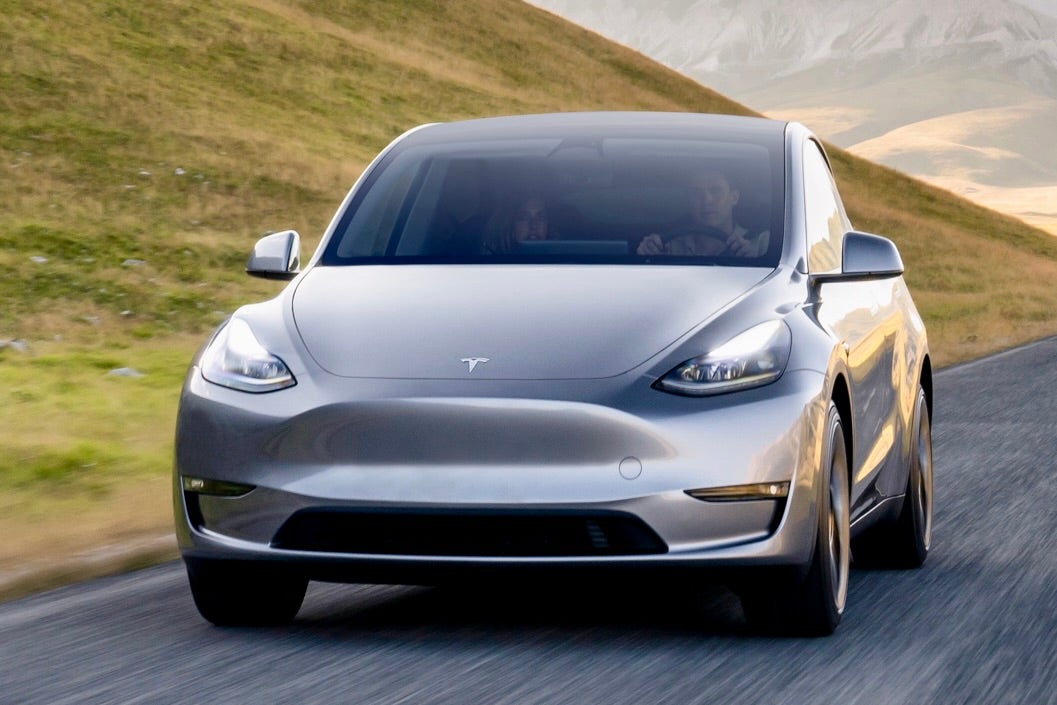Can flood of cheap new EVs coming to Europe save its carmakers?
Share:
Analysts argue 2024 is minor blip and that lobbying for relaxation of rules could harm industry in long term. Affordable new electric family cars – particularly those that are EU-made – have been tough to come by in Europe for the past few years. There were no launches of homegrown electric models for less than €25,000 (£20,740) across the EU during 2022 and 2023, according to the campaign group Transport & Environment.
![[Jasper Jolly]](https://i.guim.co.uk/img/uploads/2020/02/24/Jasper_Jolly.png?width=75&dpr=1&s=none&crop=none)
Yet in the past few months that has changed, with a rush of new cars ranging from the Fiat Grande Panda to the Citroën ë-C3, the Hyundai Inster to the latest Dacia Spring and the Renault 5. Suddenly, buyers have options. That is no coincidence. Stricter EU carbon emissions targets kick in on 1 January, meaning carmakers will have to sell more electric cars or face fines. New battle lines are being drawn: the industry wants the rules relaxed, while environmental campaigners are urging the EU to hold firm.
![[A yellow Fiat Grande Panda on a track]](https://i.guim.co.uk/img/media/4ebc72a0c68ce959cd8a1c7de3a8e4bec745205e/0_130_3500_2101/master/3500.jpg?width=445&dpr=1&s=none&crop=none)
Carmakers around the world are struggling with faltering demand for their models, whether powered by batteries or internal combustion engines. Falling profits have come at a difficult time for the industry, just as it tries to find the money for the expensive transition to electric vehicles (EVs).
![[A Dacia Spring.]](https://i.guim.co.uk/img/media/d269b7fa78ecc59044c3ee396a721bc4ad9adcb1/5_1483_3794_2276/master/3794.jpg?width=445&dpr=1&s=none&crop=none)
Globally, 2024 has been a record year for electric car sales, driven by the extraordinary growth of China’s industry. But the market in Europe has gone through a painful slowdown. Matthias Schmidt, a Berlin-based electric car analyst, forecasts a 1.4% fall in sales across the 18 largest western and northern European markets in the past year (including those in the UK and Norway).






















